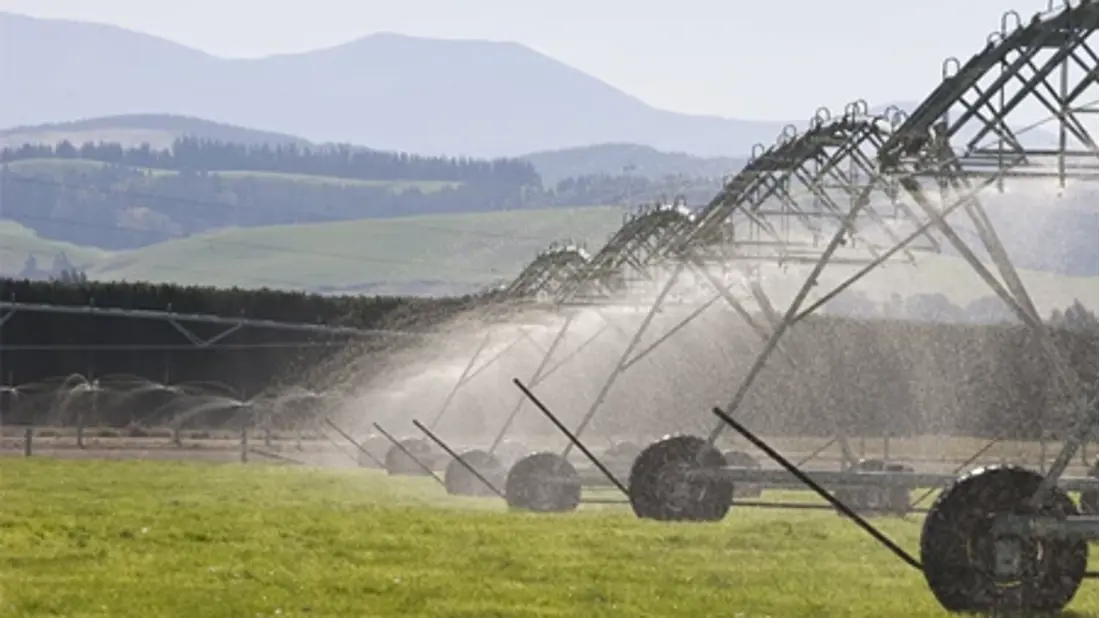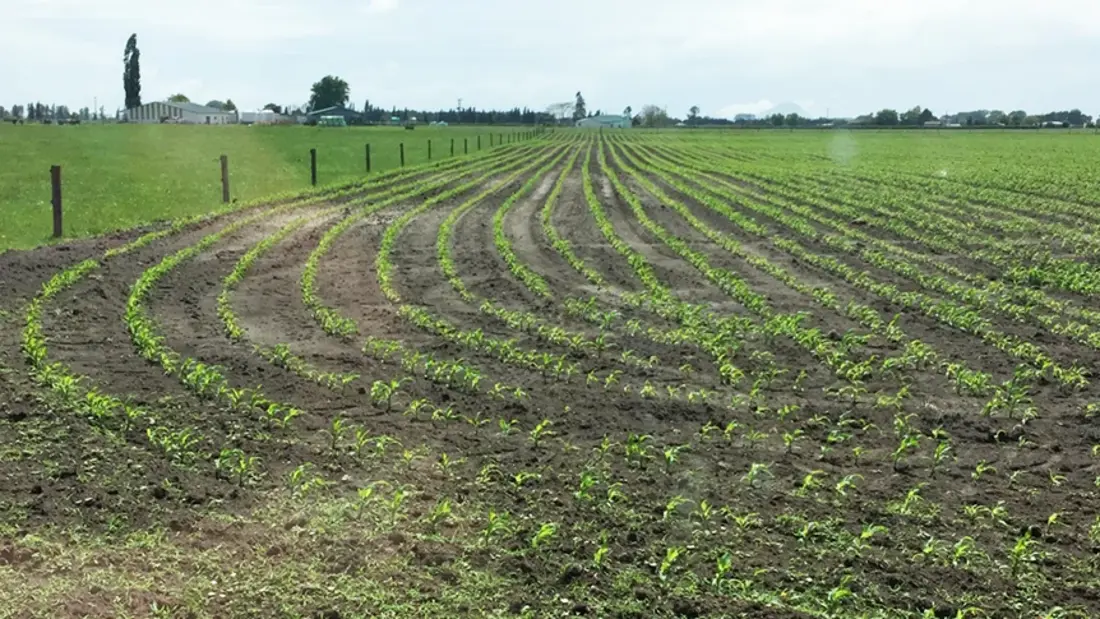Summer preparation
8 min read
Summer dairy farming involves efficiently using spring pasture before summer heat and dryness diminish its quality. You should formulate a summer management plan early to ensure profitable production. Your plan should balance feed supply with demand, incorporate summer crops, and consider the use of nitrogen fertilisers and supplements. Efficient irrigation practices can maximise pasture growth. Understanding and managing pasture residuals and rotation, along with potential applications of nitrogen, can further optimise the yield. Consider summer crops like turnips, chicory, plantain, and fodder beet for added energy and protein during summer. For late sowing, consider green feed maize or sorghum.
Whatever the summer conditions, the first management rule is to fully and efficiently use spring pasture before dry and hot conditions reduce growth and pasture quality over the summer period.
Best practice grazing management in summer builds on good practices applied in spring. Planning your summer strategy in early December can help ensure the herd’s production remains profitable for the rest of the season.
Heading into summer, ensuring feed supply matches demand will mean continuing to meet pre-grazing leaf stage and post-grazing residual targets to encourage as much pasture growth as possible. It may also include the use of summer crops, nitrogen (N) fertiliser and supplements where it makes economic sense.
Restricted pasture growth and milk production occurs in many parts of New Zealand as a result of dry summer conditions and irrigation restrictions. Formulating a summer management plan will prepare you for the conditions that eventuate.
Every farm should have a summer management plan that sets out key decision points concerning stock and feed management. It should include factors such as feed on hand/available, summer crops, BCS and plans to dry off lighter cows, removal of culls etc. Your local DairyNZ extension partner or regional partner can help you with this if required. Alternatively, your farm consultant may be able to help you develop a plan tailored to your own situation.
Assess your current position and have a summer management plan.
Act early to reduce feed demand
Manage your pasture growth
Use nitrogen tactically to increase available feed
Think about feed availability and supplement use in summer
Manage your summer crops
Don’t be afraid to ask for help, you are not alone this summer
If you depend on irrigation, decide on irrigation priorities, e.g. crops vs pastures, good pastures vs poor pastures, or shallow soils vs deeper soils; and develop a plan to best minimise the impacts of water restrictions.

Saving water in the spring when ET is low (risk to crops is minimal) also means there will be more water left for the peak season. Care must be taken not to let the soil get too dry, as it may be hard to catch up, especially with irrigators that have a long return period, e.g. when it takes longer than ten days to return to a paddock.
It is important to know who is responsible for deciding when to start and stop irrigation and how that decision is made. Copying the neighbours is not good practice. The below guide to good irrigation provides information on the best time to irrigate.
Transitioning from spring into summer (November to December) sees the development of reproductive tillers; where tillers become reproductive the stem elongates and eventually - if the tiller is not grazed - a seed-head is produced. New tillers or daughter tillers are growing in the base of the pasture, replacing their ‘mother’ tillers who have been vernalised over winter, go reproductive and then die.
For more information on residuals see pasture allocation
The below paddock guide provides photos of different post-grazing residuals.

Post grazing residual
For more information on assessing rotation length see leaf stage.
Deferred grazing is a low-cost option to increase grazing pressure and maintain pasture quality at a time of pasture surplus. A paddock or back end of several paddocks can be shut up and left as standing feed for grazing rather than being made into silage or hay.
Deferred paddocks (or end of paddocks) can be grazed off like a crop when there is a feed deficit. Strip graze for part of the day, aiming for 50% utilisation and then return cows to normal pasture. Mowing deferred pasture before grazing may improve utilisation but will not affect milk production, or seedling establishment.
Deferred grazing allows pasture renovation reseeding. This results in significant increases in ryegrass population of up the 15% in the year following deferring. No increase in other grasses, weeds, or clover components of the pasture should occur.
Summer crops and herbs can provide a good source of energy (and protein) during the summer months in regions where pasture growth rates decline. Summer crop profitability depends on the expected pasture production and expected crop yield.
Summer turnip varieties need 60-100 days to mature. Research has shown that October sowings consistently give higher yields than November sowings, see turnips.
Chicory establishes best when sown into warm soils (12°C) at less than 10mm depth. Sowing too late runs the risk of dry conditions reducing plant establishment and survival see Chicory.
Plantain grows well in warm, well drained soils when temperatures are above 20 degrees. If moisture and nitrogen are not limiting plantain will grow more than ryegrass/clover pastures. However, plantain is not a high yielding, one graze crop like turnips that can be used to move a large quantity of feed into a feed deficit. When soil moisture is limiting, plantain growth rates are also limited like ryegrass/clovers pastures. Therefore, while plantain recovers quickly after a summer dry, it is not a crop that can significantly fill a summer feed deficit, see Plantain.
Fodder beet is an option for late lactation crop, but yield may be sacrificed where fed as a summer crop. Proper logistics planning for crop growing is important see fodder beet.
Most summer crops need to be sown before early November. Green Feed maize, sudan, and sorghum provide an exception to this rule and can be established in November and early December which makes them useful when chicory and turnips are no longer an option.
Sorgum x sudan grass hybrid, e.g. Bettagraze, or Sudan x sudan, e.g. Super Sweet Sudan, can be planted once soil temperatures reach 17+ degrees Celsius and rising at a 5cm depth. Only 35-45 days are required until grazing is possible but must be at least 1.2m at first cut. Regrowth can be grazed when it reaches 0.8m and no higher than 1.2m. Need to plan grazings so that feed quality is kept. Break-feed behind a wire and back-fence to protect regrowth and avoid higher intakes. Must be sprayed out before regrassing as frosted plants are toxic.
For more information, seek advice from your local seed representative.
Green feed maize can be planted once soil temperature at a depth of 5cm at 9am is 10oC and rising, and can be green fed from 6-8 weeks after planting - though higher yields can be achieved if crop is left until cob-fill has started. Can be break fed, or harvested with a flail-type harvester or precision chopped.
Green feed maize is 20-30% DM, under "normal” growing conditions, maize silage will accumulate 200-300kg DM/ha/day. Green-feeding reduces the crop's yield and increases the cost/kg DM. As the crop gets closer to harvest, the maize growth slows and the amount of yield you lose decreases.
Talk to your local seed representative for latest seed options and sowing information and see maize for growing tips.

Decision rules around feeding supplements need to be made alongside knowledge of overall expected feed supply and demand.
DairyNZ’s supplement price calculator will help you determine how much you can pay for supplementary feed during a shortage. It provides a more detailed output with regards to different feed types, amounts, and time of the year.
Note the milk response in these resources is determined based on energy being the limiting factor to milk production. While this is typically the case when cows are eating high quality pasture, in summer or early autumn the availability and quality of the pasture declines and the use of low protein supplements, e.g. maize silage and fodder beet, increases. Therefore, in some instances protein may be limiting milk production.
However, protein supplements are usually expensive and even with a milk response, the extra milk revenue does not typically outweigh the cost of feeding a protein supplement.
Another factor to consider if using large amounts of supplements in summer is ensuring cows have adequate effective fibre**.** For example, although PKE is high in neutral detergent fibre (NDF), it contains no effective fibre. From a rumen health perspective, a forage source (pasture, straw, hay) may need to be included in the diet if PKE is being fed. For more information see DairyNZ’s FeedRight booklet.
A pre-Christmas BCS assessment determines if cows have gained BCS since planned start of mating and a management plan for the autumn can be set up.
Plan to assess cows’ gain mid-February to mid-March to determine if the plan is working and to decide if some cows should be dried off early, milked once-a-day (OAD) or preferentially fed.
Now’s the perfect time to check in, plan, and set up for a strong season. We’ve pulled together smart tips and tools to help you stay ahead all winter long.
Whether you prefer to read, listen, or download handy guides, we’ve got you covered with trusted tools to support your journey every step of the way.
Put our proven strategies and seasonal tools to work. Boost production, support animal health and watch your profits hum.
Tools that are backed by science, shaped by farmers and made for this season.
That’s Summer Smarts.